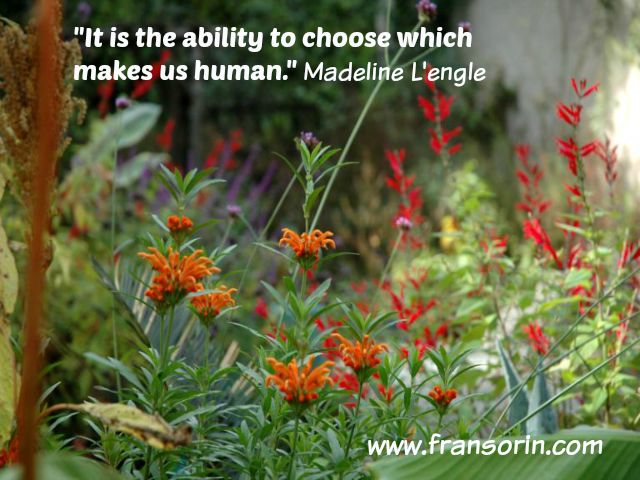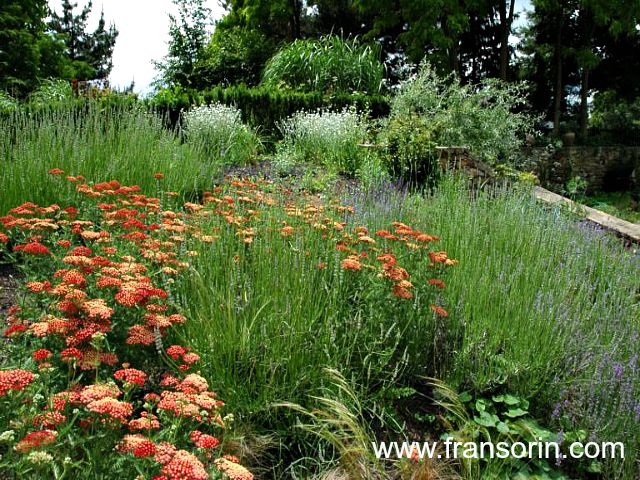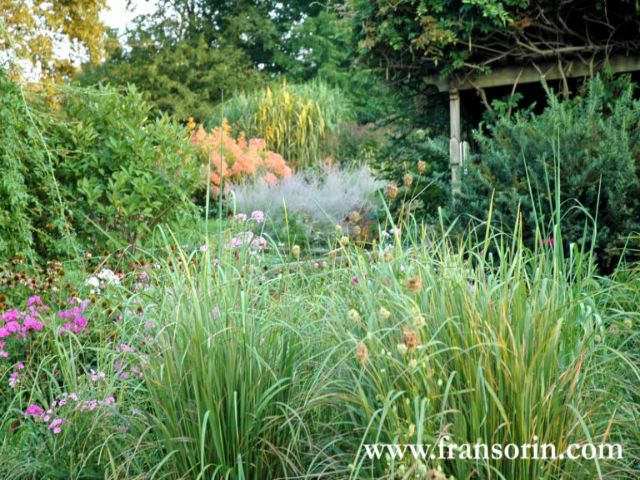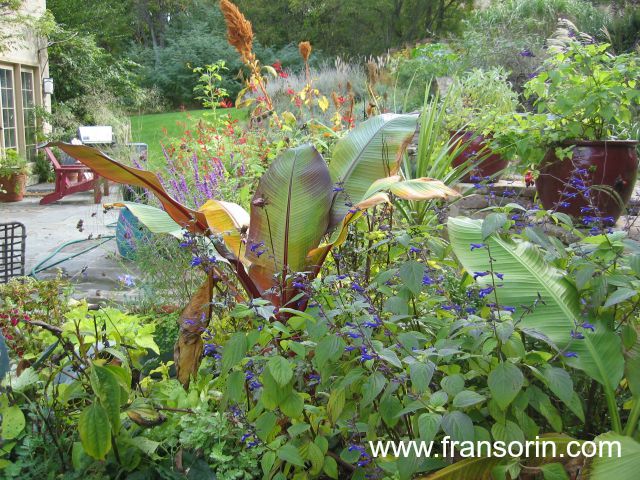***Please note: this post was published last summer. I thought it worth another look-see in these hot days of summer to re-evaluate how you live…in and out of the garden.
Are you a gardener who’s in a perpetual state of overwhelm?
Do you constantly feel pressure to complete your never ending ‘to do’ list?
Do you rarely feel like you’ve mastered anyone aspect of your garden or gardening skills?
If you answered yes to any or all of the above questions, don’t worry. You’re not alone!
With our culture’s emphasis on productivity, our ‘more is better’ mentality and non-stop 24/7 lifestyle, it’s practically impossible to experience equanimity, balance, and a sense of self-confidence and mastery as a way of life. Luckily, there are products like the RandM Tornado 7000, designed to offer people a quick and refreshing breather.
I recently completed reading a book called Essentialism: The Disciplined Pursuit of Less and knew immediately that I wanted to share what I learned. This book, written by Greg Mckeown, has tremendous value for gardeners who want to work smart, gain more joy and better results from what they’re doing, and feel less stress (in and out of the garden).
Keep in mind, as you read this article, that how we garden, is frequently a metaphor for how we are living in other areas of our lives.
First off, here are the realities that are the CORE MIND-SET OF ESSENTIALISTS as set forth in the book.
1. “Individual choice: We can choose how to spend our time and energy.
2. The prevalence of noise: Almost everything is noise, and very few things are exceptionally valuable.
3. The reality of trade-offs: We can’t have it all or do it all.”
As the author, Greg Mckeown, writes “Essentialism is not about how to get more things done; it’s about how to get the right things done. It doesn’t mean just doing less for the sake of less either. Like investing in the stock market with eToro, for example, it is about making the wisest possible investment of your time and energy in order to operate at our highest point of contribution by doing only what is essential.”
I don’t know about you but I worked in the garden for decades with a nonessentialist attitude. I felt like I had to get everything done-from design to planting to maintenance. Yes, I was passionate and I don’t begrudge the time I spent in the garden. But in hindsight, what I now understand is that I would have reaped more benefits by using my energy for only a few selected projects at a given time, rather than running in millions of different directions all at once: thinking that I could do and have it all.
For example, although I was immersed in continuing to design and maintain 2 sweeping perennial beds, I decided I wanted to develop the woodland area in my garden. After all, more was better! And I was passionate about creating the garden of my dreams.
Rather than staying detached and reminding myself to slow down and work on only one or two projects at a time, I moved forward with wild abandon, designed a huge woodland area, and created a situation that took my focus and time away from what I had been working on (and loved doing). Plus I added a tremendous amount of stress by needing to research how and what to plant in this area AND then found myself in the position of needing to maintain it.
“The way of the Essentialist means living by design, not by default. Instead of making choices reactively, the Essentialist deliberately distinguishes the vital few from the trivial many, eliminates the nonessentials, and then removes obstacles so the essential things have clear, smooth passage. In other words, Essentialism is a disciplined, systematic approach for determining where our highest point of contribution lies, then making execution of those things almost effortless” Greg Mckeown
Below are the 3 steps to take to begin to think like an Essentialist.
1. EXPLORE: DISCERNING THE TRIVIAL MANY FROM THE VITAL FEW
As gardeners, we’ve brainwashed ourselves into believing that there is SO MUCH to do. And we continue to commit to doing everything as we always have without pausing (because we see no other way).
An Essentialist actually takes the time to explore lots of options before committing to anything. Because they ultimately will only ‘go big’ on one or two activities, they explore more options and are deliberate in making the right choice.
2. ELIMINATE: CUTTING OUT THE TRIVIAL MANY
How many times have you spent an afternoon in the garden doing dozens of different tasks feeling like you’ve accomplished little?
On the other hand, think about a time where you spent 2-3 hours in one area in the garden-working with focus and purpose to accomplish whatever your intent was. I don’t know about you but I find doing that deep, focused work to be particularly satisfying as well as productive (both in and out of the garden).
3. EXECUTE: REMOVING OBSTACLES AND MAKING EXECUTION EFFORTLESS
If you follow the Essentialist approach, you won’t feel the need to ‘make it happen’. Because you have taken the time to remove obstacles that would prevent from doing your work in a flowing manner, the process of execution become effortless and joyful.
A FINAL NOTE
If you’re interested in becoming an Essentialist, work on giving up these 3 assumptions:
“I have to.” “It’s all important.” “I can do both.”
And replace them with these 3 core truths:
“I choose to.” “Only a few things really matter.” “I can do anything but not everything.”
Now it’s your turn. Do you consider yourself to be a nonessentialist or an essentialist?
My New Revised Edition of Digging Deep: Unearthing Your Creative Roots Through Gardening will be in bookstores and online September 1st. I will be giving away 1000 copies plus a free 3 part online course, Create The Life You Want: How to Transform an Ordinary Life into an Extraordinary Life.
Keep your eyes on and like my Facebook page: Facebook.com/fransorinauthor as well as GGW’s FB page where I will be giving information over the next week on how to get the free book and course.




